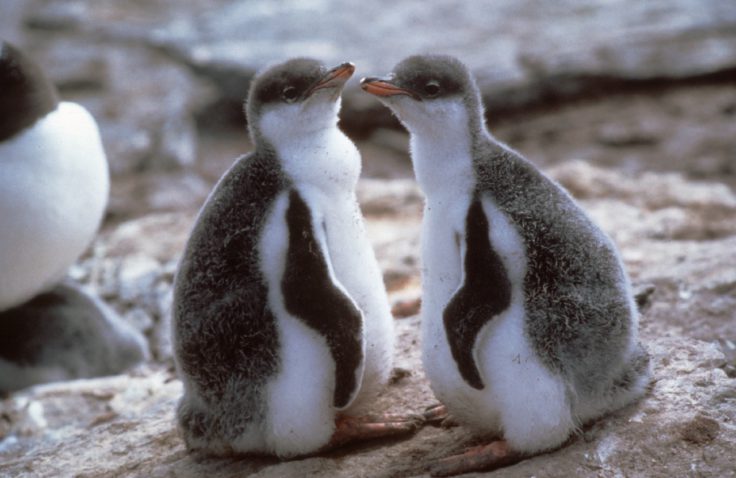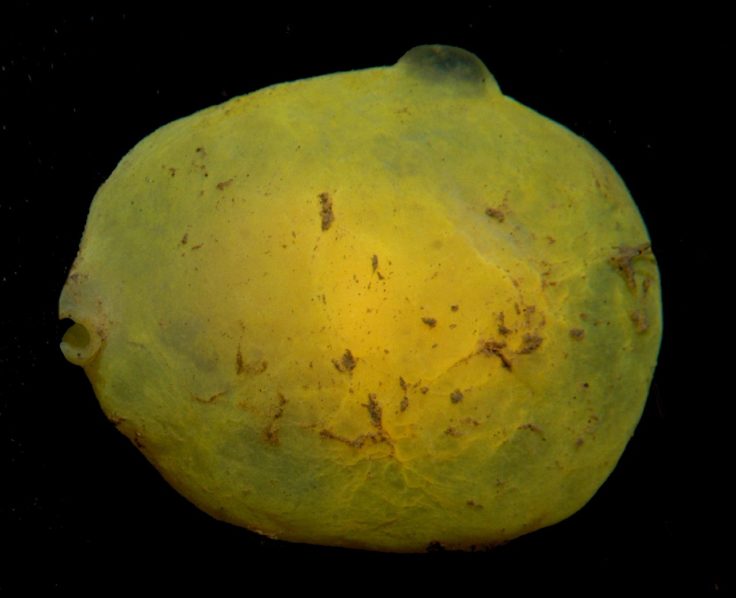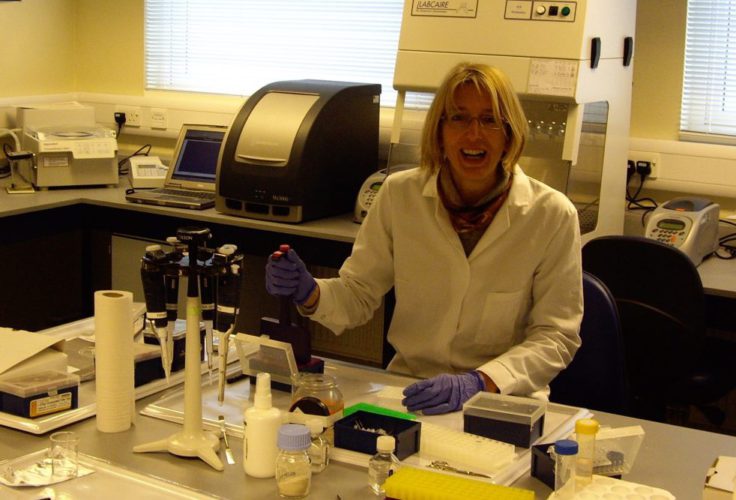28 July, 2016 Rothera
Dr Melody Clark gets excited about sea snails as part of an innovative research programme to investigate how Antarctica’s animals will adapt to life in a warmer world.
Penguins or sea lemons – what do you prefer?
(OR rather our recent paper entitled “Biodiversity in marine invertebrate responses to acute warming revealed by a comparative multi-omics approach”)
OK, here we go, the Desert Island disc question of ecology: If you had to choose just one species to monitor the health of a marine ecosystem, which one would it be?
And should it just be the one? Maybe you should look at a few more, just to be on the safe side? And if so how many? What is the minimum number you think you would need?
This is the problem that we addressed in this paper and the answer is “more than you would think”!
Why care about ecosystem health?
But you’re probably asking, why do I care about ecosystem health, or indeed should I? Well you do care, trust me! Think about Antarctic marine life (the Antarctic ecosystem), what do you really like and care about? Would I be too far off if I suggested that it was all those cute penguins, the seals and whales? The really big charismatic stuff? Well to make sure these are still around for everyone to enjoy and drool over, we need to know that they have enough food and that everything in the sea is in balance.

If a marine ecosystem starts to come under pressure, for example when the sea warms up a bit or becomes more acidic due mans’ activities and climate change, this balance starts to disappear: species become stressed, die and are not replaced. You see the big cute stuff (I should point out here, they all have terrible bad breath, but I’m horribly biased!) feeds on lots of much smaller animals, like krill or fish; these in turn feed off even smaller stuff. It’s called a food web. Basically everything in the sea, no matter how small, is interconnected and reliant upon each other for survival.

However, much of this smaller stuff is not so pretty, but it is absolutely vital. So if we want to predict (with the emphasis on predict, rather than wait until it happens) what our Antarctic seas will look like in the future we need to monitor how stressed (or healthy) the small stuff is at the bottom of the food web and therefore how likely they are to survive happily into the future, so that they can get eaten by the big cute stuff you really care about. Convinced?
So in this paper we warmed up a few different types of the small ugly stuff, looked at their genes and metabolism and found out that they all responded differently, some much better than others. You cannot just check out one species and say, OK this one is fine, so everything else is fine: it’s much more complicated! Do we have any answers? We’re working on it……..
So we really do need to study the small ugly stuff to work out ecosystem health and if it starts to get a bit sick, maybe we can try to do something about it, like make more Marine Protected Areas?
And the answer to the first question: Penguin or sea lemon? Sea lemon every time for me!

Read Melody’s research paper here.
